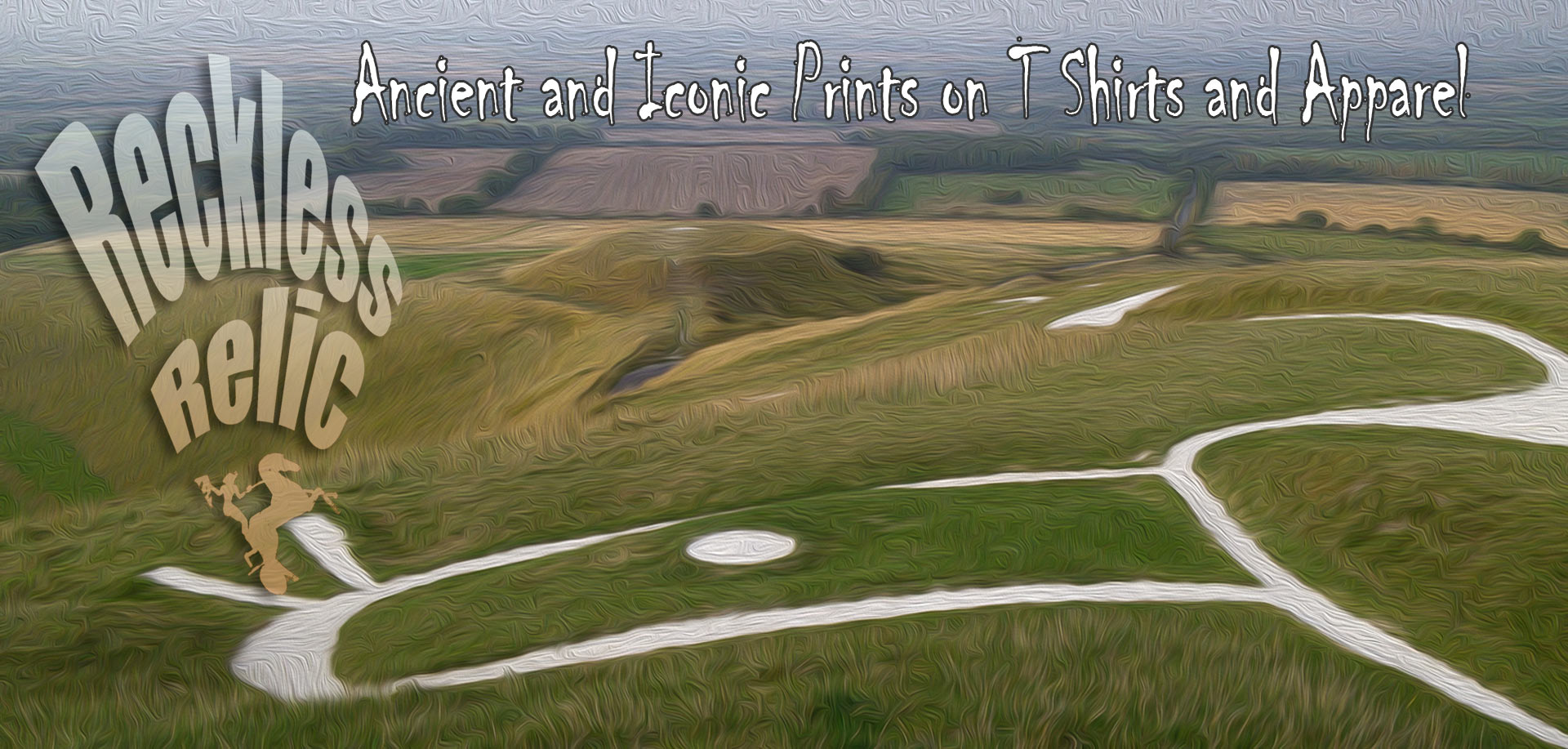The Oak Tree is traditionally the King of the Forest and has always symbolized the idea that as a mighty tree can grow from just a small acorn, great things have the potential to grow from something small. The lesson of the oak is to never give up, endurance pays off, as does tenacity and patience. The Oak also symbolizes long life and wisdom – oak trees witness chunks of time much longer than we experience in our human lifetimes.
Sometimes associated with The Green Man – a masculine principle of vegetative energy, the oak is the Druids holiest tree. The Druids say that the Oak links us to the spirit of the land and they traditionally followed their nature religion in the open air, within an oak grove. Thus wood of the oak is regarded as strongly magical, the Scandinavians associated it with Thor, God of Thunder.
The Welsh once believed that if a person rubbed the oak with the palm of their left hand on Midsummer’s Day, they would be promised good health for the coming year. In England many oaks were planted to depict parish boundaries.
Cutting down an oak is still believed to be very bad luck, even today.

A design based on a medieval floor tile
Medieval floor tiles were used extensively in churches, cathedrals and grand houses. Such tiling was a display of wealth, as they were expensive to make. Thus the earliest commissions were for paving royal palaces, the houses of rich laymen, and ecclesiastical and conventional buildings. Most decorated tiles date from the thirteenth century, when craft skills increased and production costs fell, before this, British-made floor tiles were fairly plain.
The tile makers were often journeymen who travelled around the country making tiles close to where they were required. It is likely that most parishes had a brick or tile kiln at some stage and some monastic buildings even had their own kilns.
How they were made
Initially the raw clay was cleaned of stones and organic matter. It was then soaked and ‘pugged’ before being weighed, then wedged into a square shape and placed into the mould to form the tile. The tile was then stamped to reproduce the pattern in relief, leaving an impression in the surface of the soft clay. Keyholes were also cut into the back at this stage to aid drying and help the tile to ‘key’ to the mortar, when finally installed.
The impressed pattern was filled with a white ‘slip’, a fluid clay mix, and left to dry. When ‘leather hard’, the excess slip was cut back, revealing the clear definitions of the pattern. The tiles were then left to completely dry out for three to four weeks. This was mainly suited for dry, warm, summer work. After drying, glaze was brushed onto the surface of the tiles which were then fired, using a wood fired kiln.
Decorated tiles were made this way until the sixteenth century when much patronage of the trade was lost with the dissolution of the monasteries. By this time also, the wealthier classes were starting to favour brighter coloured tin-glazed ceramics and tiles from Europe.
Winchester Cathedral has the largest area of 13th century inlaid tiles still in their original position in England. Fine examples of tiles can be found in the British Museum and the Ashmoleam Museum and other places around Britain.

Spirit Of The Oak
Designed from a medieval floor tile. Durable double cotton stitched t-shirt
References and links:
